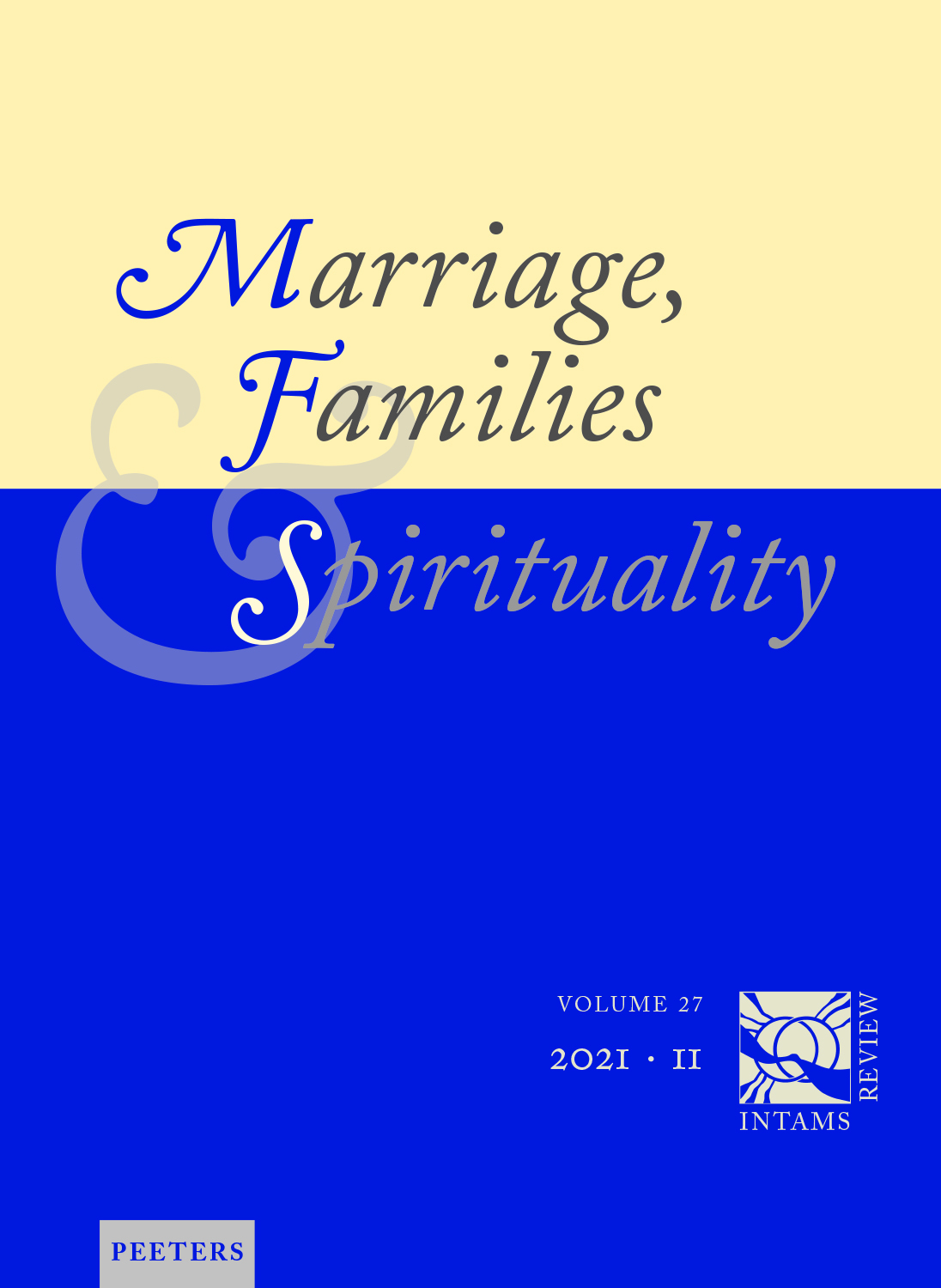 previous article in this issue previous article in this issue | next article in this issue  |

Preview first page |
Document Details : Title: L'inceste paternel Subtitle: Éléments psychopathologiques Author(s): DANION-GRILLAT, Anne Journal: Marriage, Families & Spirituality Volume: 26 Issue: 2 Date: 2020 Pages: 163-176 DOI: 10.2143/INT.26.2.3289248 Abstract : The article explores the pathological motivations that lead a parent to commit incest upon their child and the effects of the act on the child. Incest is a particularly damaging crime because it is perpetrated on a child who depends for their development on emotional ties with precisely the one who victimizes him or her. In the first section, the author examines the phenomenon from the perspective of sociology and psychoanalysis. Sociologically, incest can be seen to be prohibited across cultures. This prohibition serves the survival of a community, since it requires the seeking of sexual partners outside of the family unit, increasing genetic and social richness and fertility. For Freud, the prohibition of incest also contributes to the proper formation of one’s self-identity and one’s ability to enter into healthy relationships of affection with others. The second section explores the abusive quality of incest. Incest, the article notes, has been common throughout history. In recent years, there has been an increased awareness of its deleterious effects as well as an increased appreciation of the value of children, seeing them as subjects in their own right rather than beings at the disposal of their parents. Incest is thus increasingly seen as a scandal. Structures of prevention and intervention have been developed, but there is still much work to be done. The third section moves to the act itself to study its various dimensions. The abuser many times was abused as a child, and the context is often a family situation that was already stressed in one way or another. When one parent is the abuser, the other parent often passively facilitates the actions, feeling themselves powerless to prevent it. The child thus experiences betrayal by both parents. The aggression can be isolated, single acts that are performed without planning, or it can be systematic and long lasting. The latter behavior springs from a parent-child relationship based on compulsion and force rather than respect and love. Yet, the incest itself begins as an act of seduction, playing upon the natural affection of the child, quickly becoming a violence of shame and manipulation. The fourth section turns to the victim. It highlights the psychosexual harm to their development and the difficulty that they have in confronting the reality of the abuse, especially in revealing it to others who might help. Detecting incest thus requires paying attention to various indicating factors in the child’s behavior and presentation. Resulting behaviors are then sketched for different age groups. The fifth and final section examines the long-term effects: post-traumatic stress and traumatic memories. Both of these are analyzed in terms of their effects on the structure of the brain and its functioning. The experience of the recurrence of the memory is described. The article ends by underlining the necessity of detecting and intervening in incestuous situations. |
|


